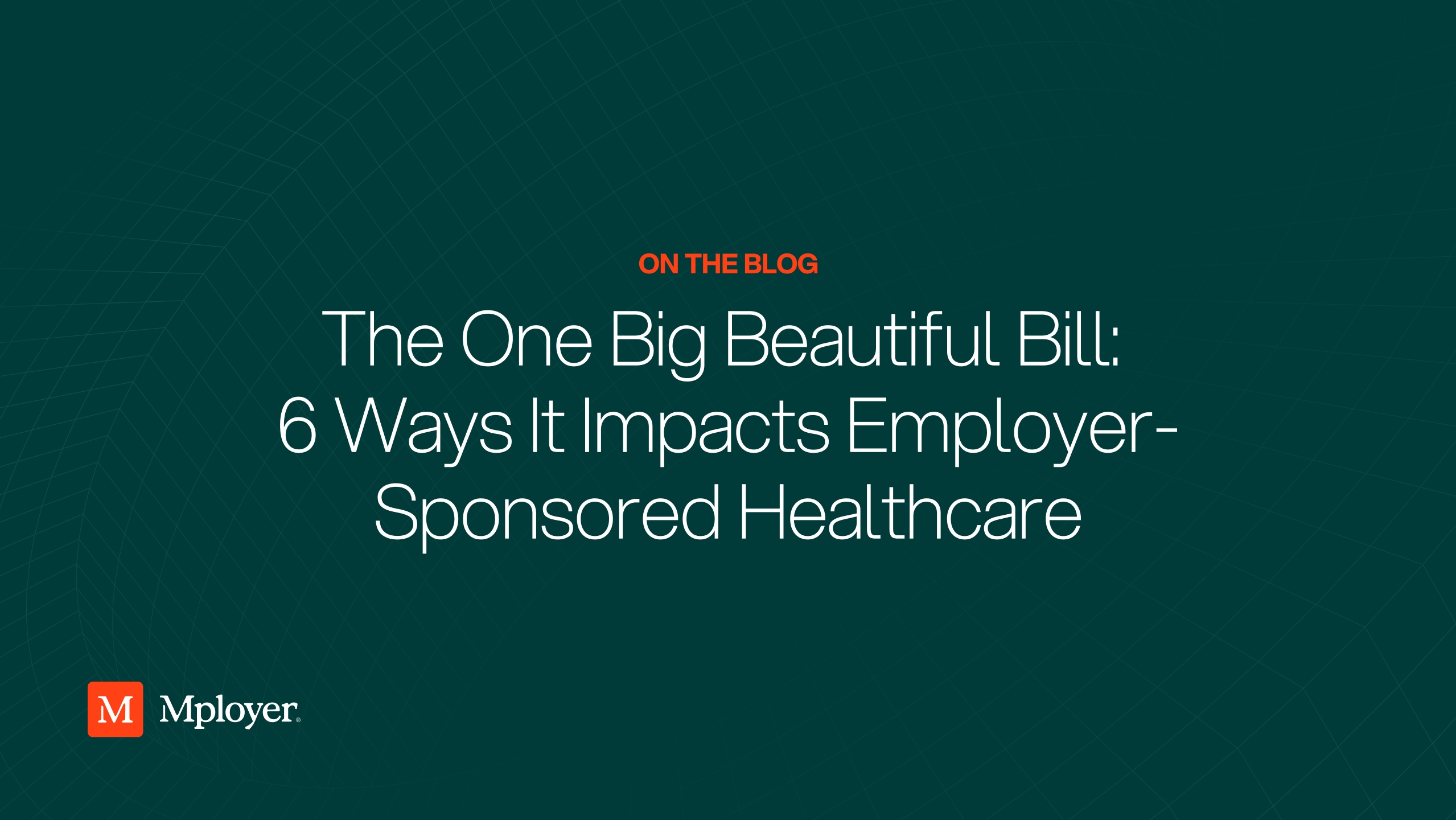Employer
Resources

Benefit Guide by Industry
Explore how each industry tailors employee benefits to its unique needs and priorities

Top Financial Advisors
Discover top firms and professionals recognized for excellence in financial planning and investment management

Personal Benefit Guide Calculator
Get an overview on how your benefits compare to other companies of the same size, industry and area

Benefit Guide by State
Explore employee benefits and health insurance options available in a specific state

Top Insurance Advisors
Explore top companies offering risk management and insurance brokerage services

Industry Trends Blog
Stay up to date with the latest industry developments
Featured

Top Insurance Advisors

View All

Advisor Solutions
A perfect-fit solution for everyone
Advisor Solutions

Broker
Explore our industry-leading organic growth solutions
Learn More

Carrier
Leverage Mployer's network to expand yours and separate yourself from the noise
Learn More

Service Provider
Explore our industry-leading organic growth solutions
Learn More
.avif)
Retirement
See some of the ways we are the next generation of employee retirement analytics.
Learn More
For Employers
Advisor Solutions
A perfect-fit solution for everyone
Advisor Solutions

Broker
Explore our industry-leading organic growth solutions
Learn More

Carrier
Leverage Mployer's network to expand yours and separate yourself from the noise
Learn More

Service Provider
Explore our industry-leading organic growth solutions
Learn More
.avif)
Retirement
See some of the ways we are the next generation of employee retirement analytics.
Learn More
For Advisors


Benefits Rating for Your Employers
Explore how well a company's benefits compare to similar organizations

Catalyst: Market Analytics
Identify employers and benefit plans that align with your expertise using market research, alerts, and ratings

Pulse: Custom Content
On-demand HR/Compliance content made easy and branded for your firm

Insights: Benefit Benchmarking
Design competitive benefit plans using the industry's most comprehensive benefits database

Accelerate: Promotional
Connect with employers actively researching benefits and brokers to share your expertise and services

Vista: Claims Reporting
Simplifies claims reporting for your clients with done-for-you, presentation-ready outputs
Advisor Solutions
A perfect-fit solution for everyone
Advisor Solutions

Broker
Explore our industry-leading organic growth solutions
Learn More

Carrier
Leverage Mployer's network to expand yours and separate yourself from the noise
Learn More

Service Provider
Explore our industry-leading organic growth solutions
Learn More
.avif)
Retirement
See some of the ways we are the next generation of employee retirement analytics.
Learn More
Log in
.svg)


.png)
.png)










.svg)
.svg)
.svg)

.svg)